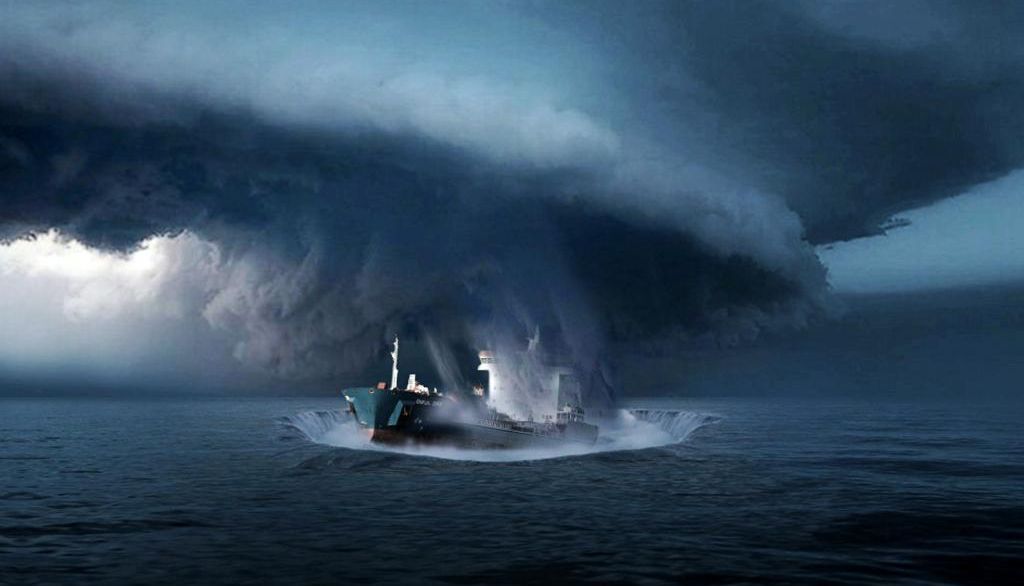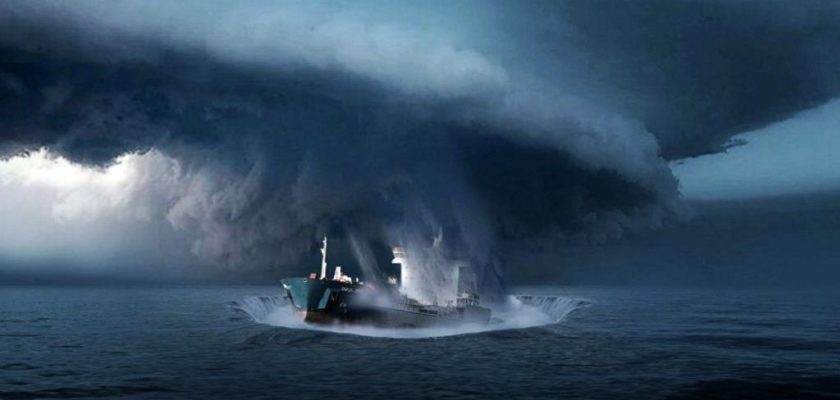The Bermuda Triangle, otherwise known as “The Devil’s Triangle,” is a region in the western section of the North Atlantic Ocean that has become notorious for the many ships and aircraft that have mysteriously disappeared attempting to traverse it. Read on for 7 facts about this mysterious phenomenon that has left us mystified for so long.
Lost City
A popular legend surrounding the Bermuda Triangle is that it’s the location of the lost city of Atlantis. The story of Atlantis mentions rock formations on the ocean floor, and some very similar formations, called the Bimini Road, are located in the ocean near the Bahamas. A psychic once predicted that the stones would be found, and the city discovered. Legend also has it that the city ran on powerful energy crystals, and those crystals radiate the mysterious energy that causes the navigational instruments of ships and planes to malfunction. So far, it’s just myth, as none of the underwater expeditions carried out in the area have found any evidence of the lost city or any power crystals. But it sure would explain a lot…
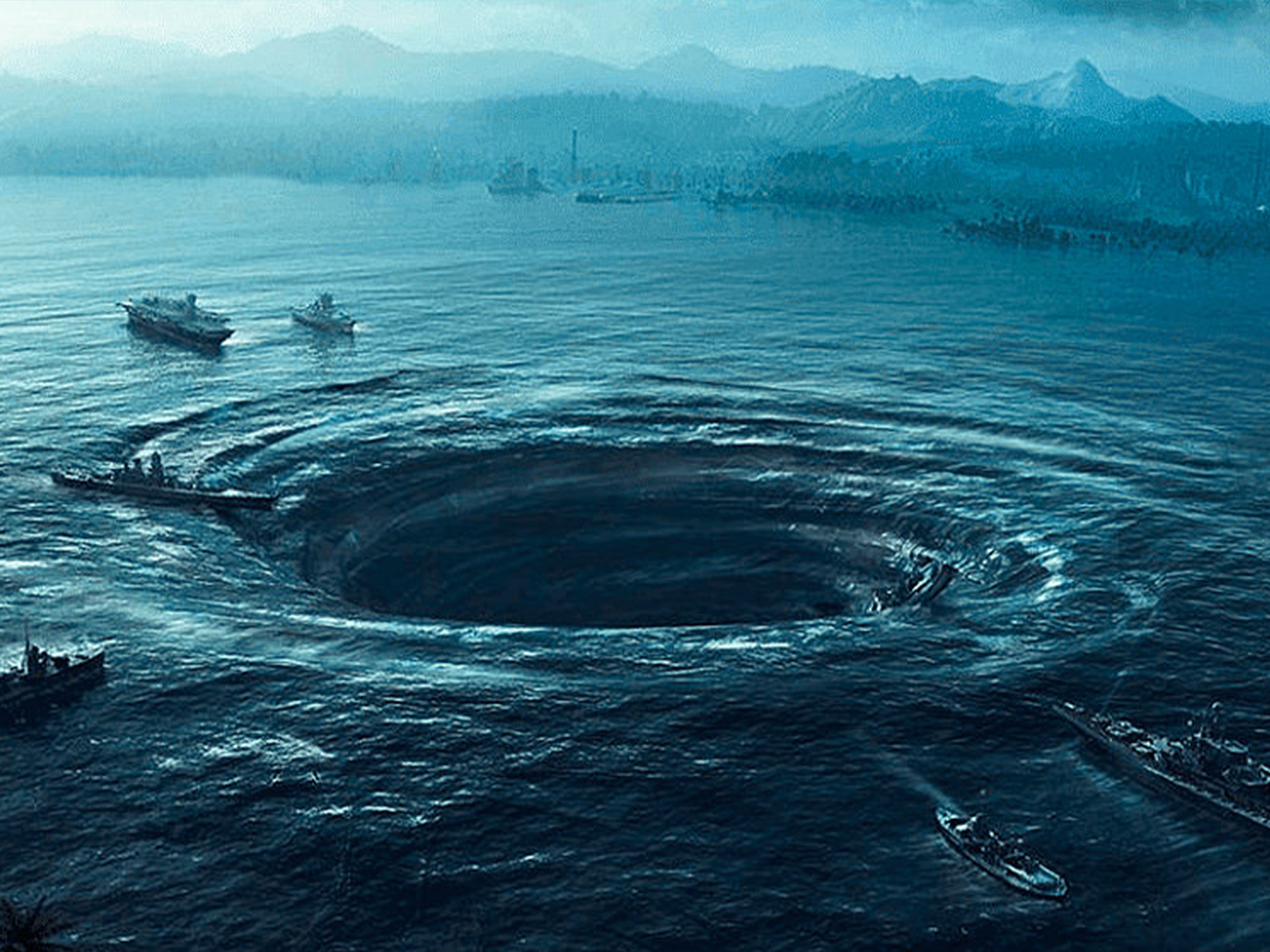
Establishing a Pattern
During WWII, about 25 years after the disappearance of the Cyclops, two more similar ships disappeared in the Bermuda Triangle. The first, Proteus, was a sister ship to Cyclops, and the Bermuda Triangle was blamed. Another of Cyclops’s sister ships, the Nereus, disappeared a month later, while following the same route as the Cyclops. The loss was initially blamed on German U-Boats, but it has never been proven. Like her sister ships, the Nereus was never found. According to a Canadian website, both ships may simply have broken up in the heavy seas caused by violent weather.
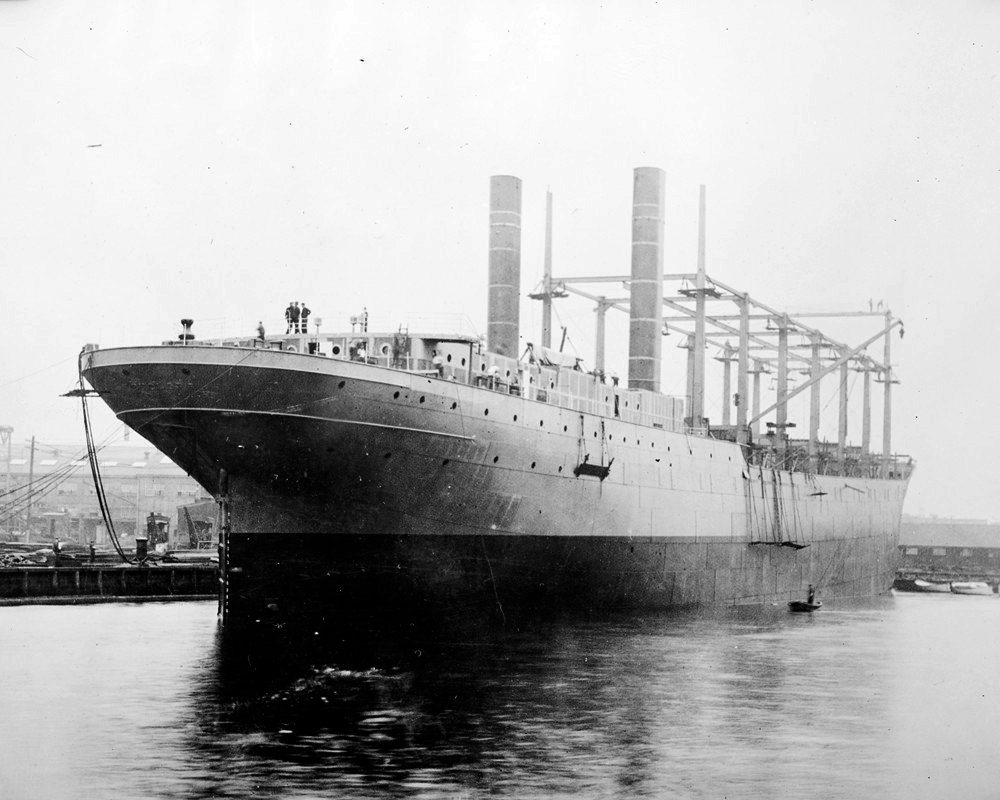
What Shakespeare Wrote
Some scholars believe that Shakespeare’s play The Tempest was based on shipwreck that occurred in the Bermuda Triangle area. In 1609, a set of ships set sail from England to the Colony of Virginia. The ship called the Sea Venture was separated from the other vessels by a storm, and it eventualy wrecked on the coasts of Virginia. Some of the survivors returned home, and it’s possible that he would have spoken to some of them himself and drawn inspiration for the play.
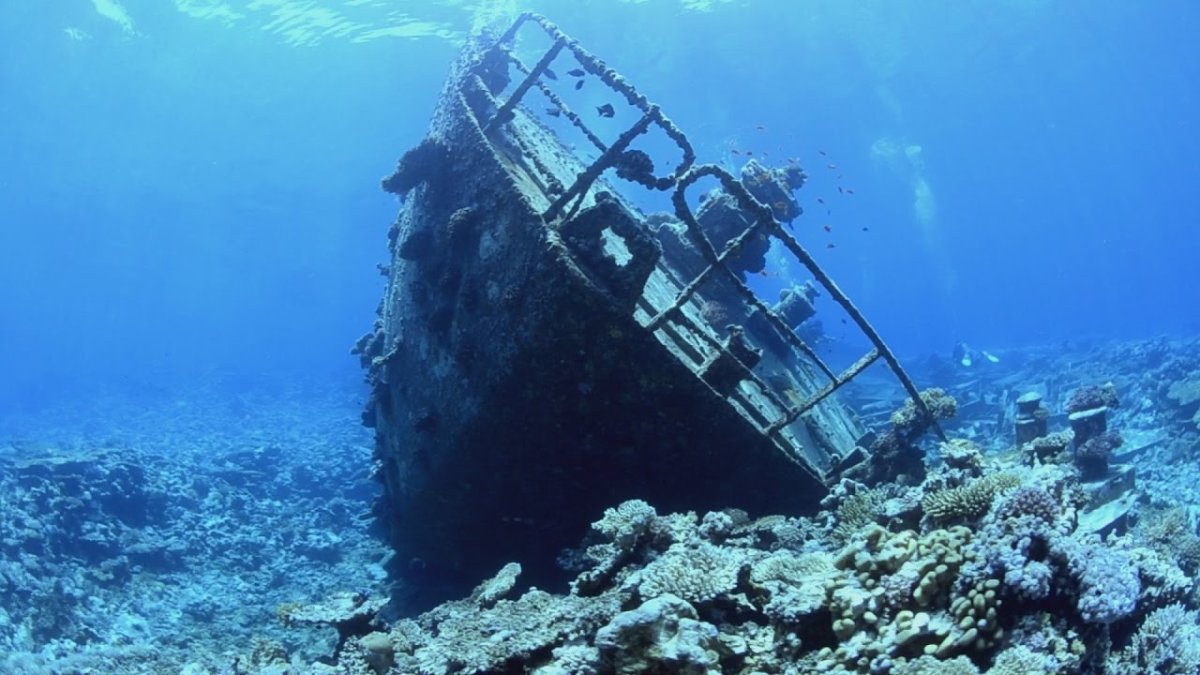
Infamous Tragedy
In March 1918, a 542-foot long Navy Cargo ship known as the Cyclops sank somewhere between Barbados and the Chesapeake Bay. The ship had 300 men and 10,000 tons of manganese ore onboard, and despite having the capability of sending out a distress call, it never did. A thorough search of the area was conducted looking for the wreck, but no sign of it was ever found. President Woodrow Wilson later said of the tragedy, “Only God and the sea know what happened to the great ship.”
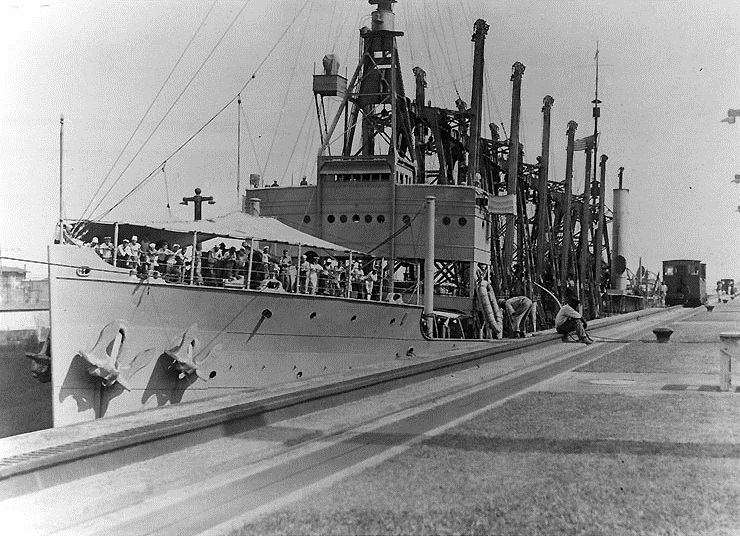
Gross Exaggeration
The story of the Mary Celeste was fictionalized and sensationalized by Sir Arthur Conan Doyle in his short story J. Habakuk Jephson’s Statement, which told the story from the point of view of a fictional survivor—ex slave J. Habakuk Jephson. While Doyle later became known as a fiction writer, at the time many people accepted his story as fact. In 1913, another supposed survivor’s story was published in The Strand magazine, but it was full of inaccuracies and was no better than Doyle’s fiction.
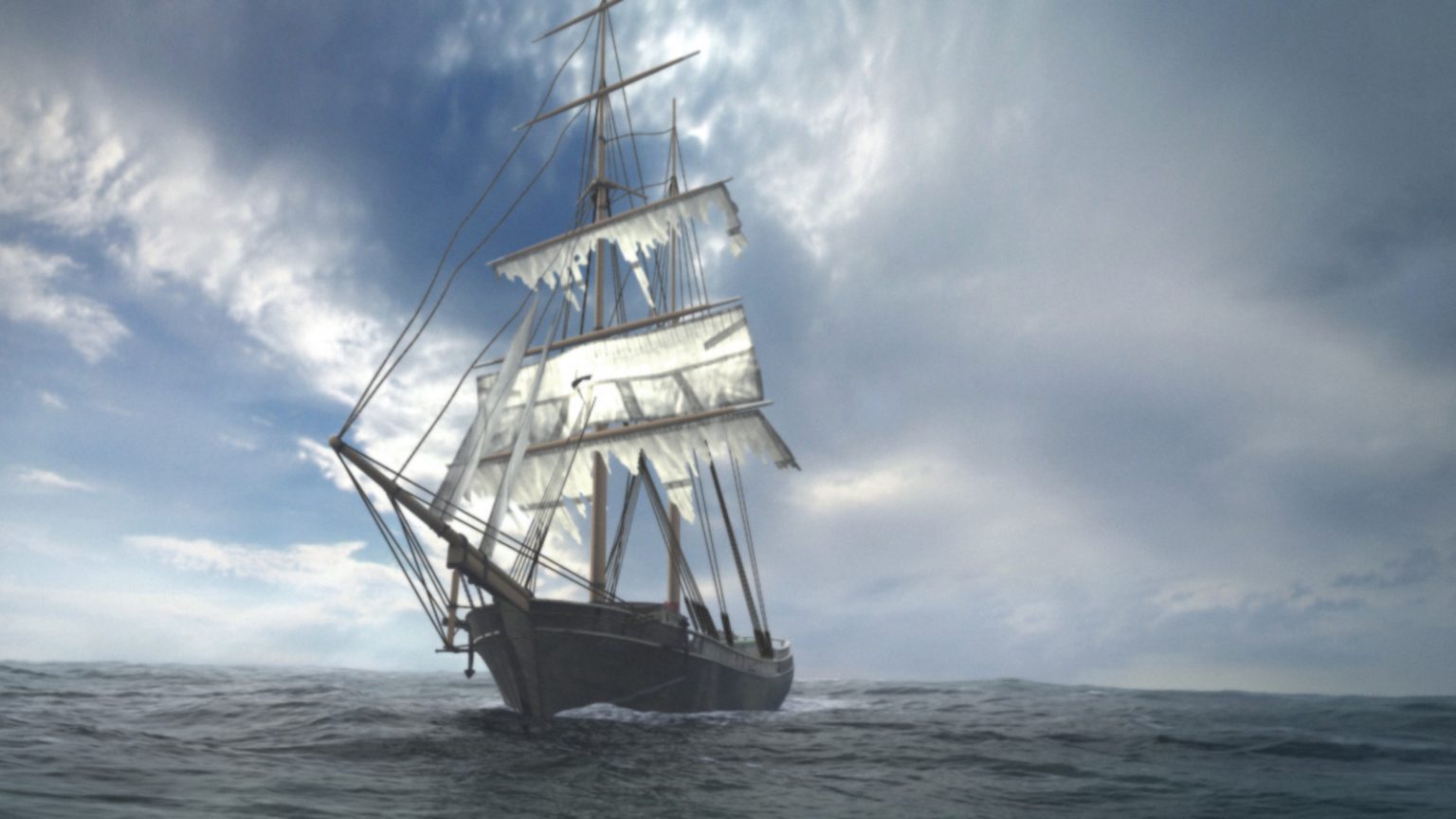
Setting Boundaries
In 1964, American author Vincent Gaddis defined the boundaries of the Bermuda Triangle for the very first time, in an issue of the magazine Argosy. It’s called the Bermuda Triangle because, believe it or not, the region forms a triangular zone in the Atlantic. The three corners are Miami, San Juan in Puerto Rico, and the island of Bermuda. In his article, Gaddis called it the “deadly Bermuda Triangle,” and the name stuck.
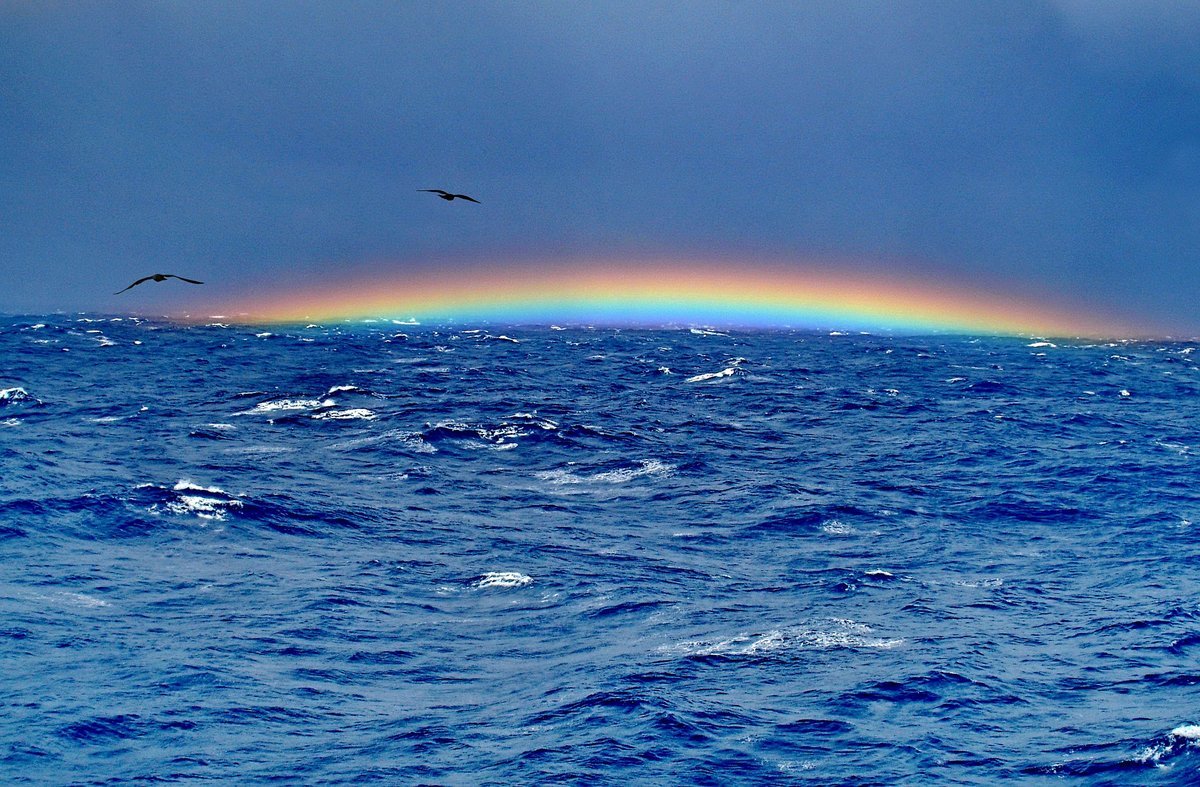
Recorded Disappearances
As of 2018, 75 planes and hundreds of ships are known to have disappeared in the Bermuda Triangle. It’s entirely likely that there have been more disappearances, but as they are not part of any official record, it’s impossible to know for certain.
